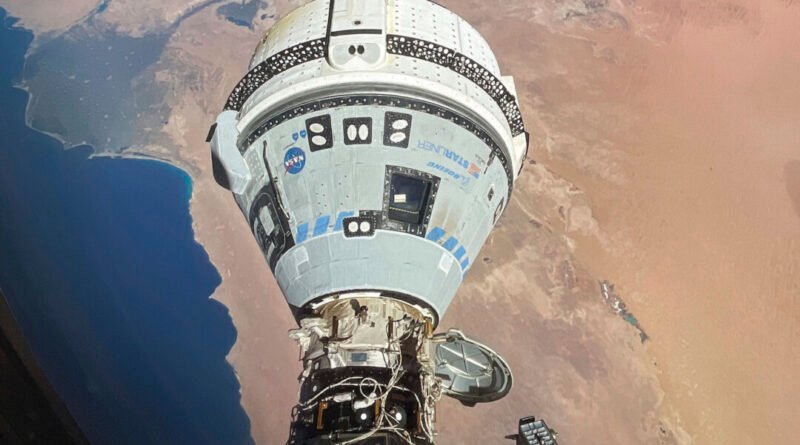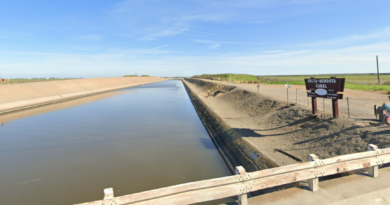Boeing’s Starliner Issues May Extend Astronauts’ Stay on Space Station by 6 Months
NASA is exploring various options to bring test pilots back to Earth from space.
Boeing’s test pilots aboard the new Starliner spacecraft are facing uncertainty on the International Space Station (ISS) as NASA looks into multiple contingency plans for their return, as stated during an Aug. 7 press conference.
Butch Wilmore and Suni Williams have been on the ISS for over 60 days while Boeing and NASA conducted extensive testing on an identical capsule at the White Sands Test Facility in New Mexico to identify the cause of Starliner’s thruster issues.
One of the options NASA is considering, as announced on Aug. 7, is bringing Wilmore and Williams back on SpaceX’s Crew-9 mission in February 2025, keeping the astronauts on the ISS for an additional six months.
Previously, Crew-9 was scheduled for launch to the space station in September.
Steve Stitch, manager for NASA’s Commercial Crew Program, mentioned on Aug. 7 that NASA and Boeing are evaluating their options and a final decision is pending.
A decision is expected to be made around mid-August.
Starliner encountered mechanical and technical issues before and after its launch on June 5.
Issues with leaks in the helium-powered propulsion system caused a delay in the original launch by over a month, and persistent leaks post-launch resulted in multiple thrusters failing before the crew’s docking with the ISS on June 6.
NASA and Boeing suspect that the leaks are due to a faulty rubber seal in the helium tanks.
Ground crews are working on determining the safest return route for Williams and Wilmore.
Stitch expressed concerns that additional helium leaks causing multiple thrusters to fail during orbit raised worries about the risks of attempting to bring the crew back aboard Starliner.
The concern wasn’t necessarily about the propulsion system catching fire during reentry, but more about the potential failure of thrusters during the deorbit burn or another critical moment.
Thrusters are essential for maneuvering the spacecraft in orbit and during its landing phase.
This flight is Starliner’s first crewed test mission and is crucial for obtaining approval from NASA for future space travel to fill the void left by the retired Space Shuttle program.
If Starliner proves successful, Boeing will join SpaceX in sending astronauts to space on upcoming missions.
SpaceX has effectively transported crew members to the space station using its Dragon capsule since 2020.
Boeing and SpaceX received $4.2 billion and $2.6 billion, respectively, for developing replacement spacecraft for NASA’s Space Shuttles.
Boeing had previously faced delays with Starliner after its initial uncrewed flight in 2019 failed to reach the ISS. However, a subsequent flight in 2022 successfully reached the space station.
Investments in Starliner have exceeded $1.6 billion for Boeing since 2016, in addition to the grants received from NASA.





